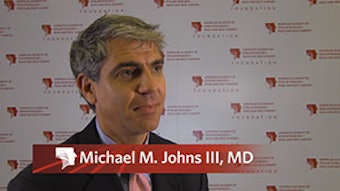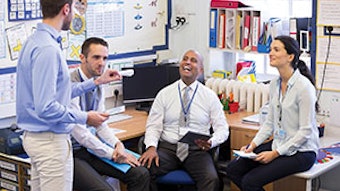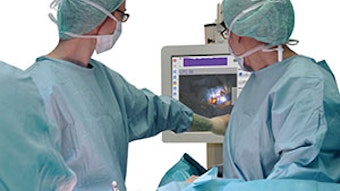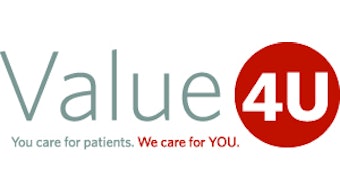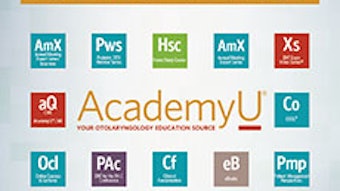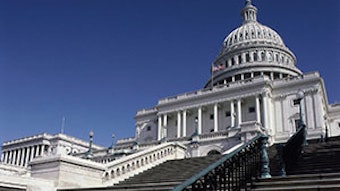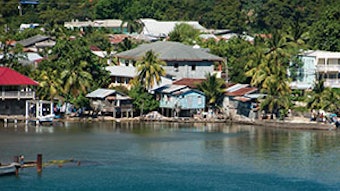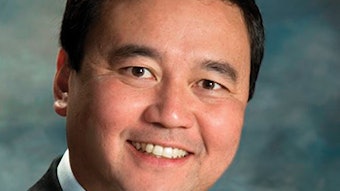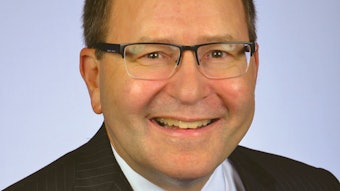Halftime report
March finds me at the halfway point in my presidential year and the three-year cycle that encompasses it. Now is a good time to reflect on that process, and on what has been done, will be done, and the people who are doing it.
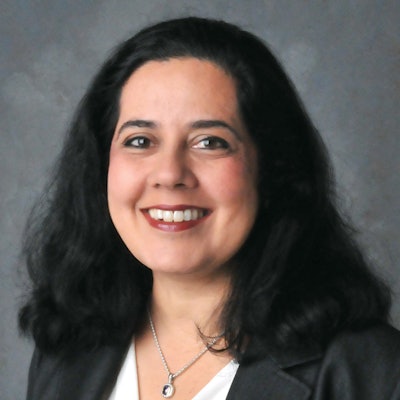 Sujana S. Chandrasekhar, MD
Sujana S. Chandrasekhar, MD
AAO-HNS/F Past President
I spent a year as president-elect, serving on the Board of Directors and the Executive Committee, learning how our and other organizations work, doing the intricate work of Academy and Foundation committee assignments, and being mentored by then-President Gayle E. Woodson, MD. In October, I took over the reigns as president, and this October I will hand them off to Gregory W. Randolph, MD. As immediate past-president, I will continue Board and Executive Committee service, chair the Nominating Committee that selects our future leaders, and (hopefully!) provide some useful advice and institutional memory. The past-president is often tasked with projects that have ongoing impact on our Academy and our Members.
Dr. Woodson is chairing the International Task Force, and James E. Saunders, MD, is the Foundation’s coordinator for International Affairs. Their efforts will be visible at the International Symposium at September’s Annual Meeting in San Diego. It will run concurrently with the other academic offerings—Instruction Courses, Miniseminars, Orals (free papers)—and is open to all Annual Meeting attendees. We hope that this will usher in an era of stronger scientific and collaborative dialogues between U.S. and overseas colleagues.
I have established the ENT Advanced Practice Provider (APP) Education Task Force, chaired by Karen T. Pitman, MD, and Peter D. Costantino, MD. It is made up of Members and ENT physician assistants interested in exploring education opportunities unique to this audience. I am grateful to the Society of Physician Assistants in Otorhinolaryngology/Head and Neck Surgery (SPAO-HNS) for supporting our Foundation in this very important endeavor. I have every confidence that this task force will put together a comprehensive ENT APP curriculum, utilizing many Academy resources. Establishing such an educational outline will really help our Members as they seek to incorporate APPs into their practices, and dovetail into our initiative to offer associate membership to ENT PAs.
The huge Academy project this year is the creation and implementation of our Qualified Clinical Data Registry (QCDR), RegentSM. This is a Herculean task that has been spearheaded by the Foundation’s coordinator for Research and Quality, Lisa E. Ishii, MD, MHS, and EVP/CEO James C. Denneny III, MD, with the help of dedicated Academy staff and physician volunteers Richard M. Rosenfeld, MD, MPH, David L. Witsell, MD, MHS, Robert R. Lorenz, MD, MBA, Jennifer Shin, MD, SM, David R. Nielsen, MD, and Rodney P. Lusk, MD. It has moved from an idea to near-shovel-ready in under a year. The vendor (FIGmd, Inc.) for the interface between physician EMRs and Regent has been engaged, the data dictionary has been populated, and QCDR and PQRS Qualified Registry submissions were delivered to CMS in January. It will roll out by this spring at 38 pilot sites representing all types of ENT practices.
The reason to establish our own registry is to take control of our own measures, so that otolaryngologists are assessed using meaningful criteria. Quality improvement triangulates between Clinical Practice Guidelines (CPGs), which define quality, the data registry, which tracks quality, and Performance Measures, which assess quality. The Performance Measures development task force consists of Dr. Rosenfeld (chair), Dr. Ishii, Dr. Denneny, Jane T. Dillon, MD, MBA, Julie L. Goldman, MD, Richard V. Smith, MD,
Dr. Nielsen, and Peter M. Vila, MD, MSPH.
Some clinical issues and questions we address in an ongoing fashion. These are raised from individual Members, committees, or specialty societies, and brought to the Guidelines Task Force, which meets twice yearly and is headed by Chair David E. Tunkel, MD (immediate past-chair Seth R. Schwartz, MD, MPH). A result of such a discussion is the Intraoperative Facial Nerve Monitoring Task Force, chaired by Sonya Malekzadeh, MD. In the queue for 2016-2017 are clinical practice guideline (CPG) updates on cerumen, BPPV, hoarseness, tonsillectomy, polysomnography, and sudden hearing loss. New CPGs are being developed for rhinoplasty and evaluation of the neck mass in adults.
I have just managed to scratch the surface of what is being done at our Academy and Foundation. Halfway through my term, I remain humbled by the dedication of our staff and volunteers—who are busy people and leaders in their field and yet find the time to contribute so much. I look forward to seeing your name highlighted in the future.
